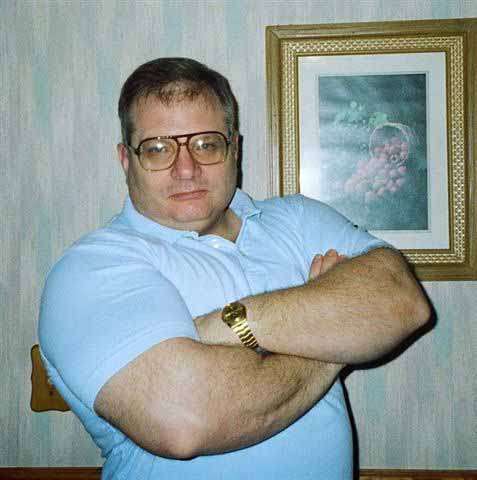Papal corruption
Pope Alexander VI
Alexander VI was Pope from 1492 to 1503. He is the most controversial of the secular popes of the Renaissance, and his surname (Italianized as Borgia) became a byword for the debased standards of the papacy of that era.Originally Cardinal Borgia from Spain, Pope Alexander’s claims to fame were taking over much of Italy by force with the help of his son Cesare (yes, his son), a racy relationship with his daughter Lucrezia (some say her son was his), and his affinity for throwing large parties, bordering on orgies, that usually culminated with little naked boys jumping out of large cakes.
Pope Innocent IV
Innocent IV was Pope from 1243 to 1254.Certainly the Inquisition represents the darkest of Roman Church history, and it was Innocent IV who approved the use of torture to extract confessions of heresy. He aggressively applied the principle that “the end justifies the means.” It is shocking to learn about the deranged instruments of torture that were used on so many innocent people. One of the most famous people to suffer at the hands of Roman inquisitors was Galileo. The church condemned Galileo for claiming that the earth revolved around the sun.
Pope Urban VI
Urban VI was Pope from 1378 to 1389. He was the first Pope of the Western Schism (which ultimately lead to three people claiming the Papal throne at the same time). Once elected, he was prone to outbursts of rage. The cardinals who elected him decided that they had made the wrong decision and they elected a new Pope in his place, so he took the name of Clement VII and started a second Papal court in Avignon, France. Later he would launch a program of violence against those he thought to have been conspiring against him, imprisoning people at will and mistreating them brutally. Later historians have considered seriously that he might have been insane.
The second election threw the Church into turmoil. There had been antipopes, rival claimants to the papacy, before, but most of them had been appointed by various rival factions; in this case, the legitimate leaders of the Church themselves had created both popes. The conflict quickly escalated from a church problem to a diplomatic crisis that divided Europe. Secular leaders had to choose which pope they would recognize.The schism was repaired forty years later when all three of the (then) reigning Popes abdicated together and a successor elected in the person of Pope Martin V.


<< Home